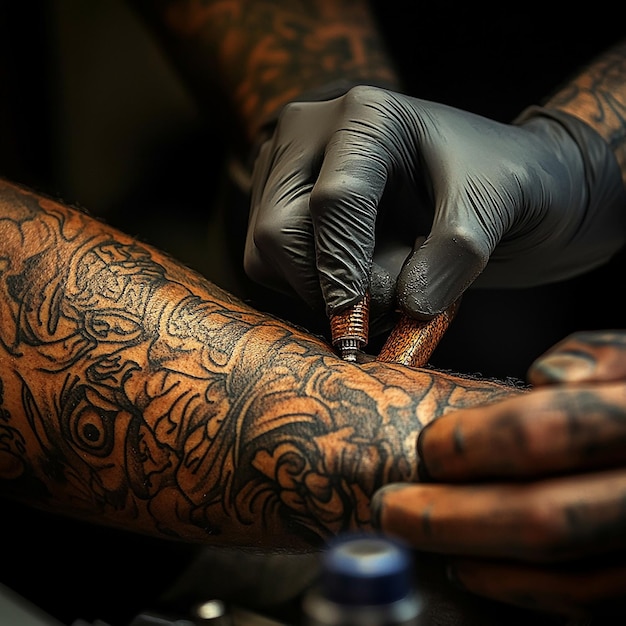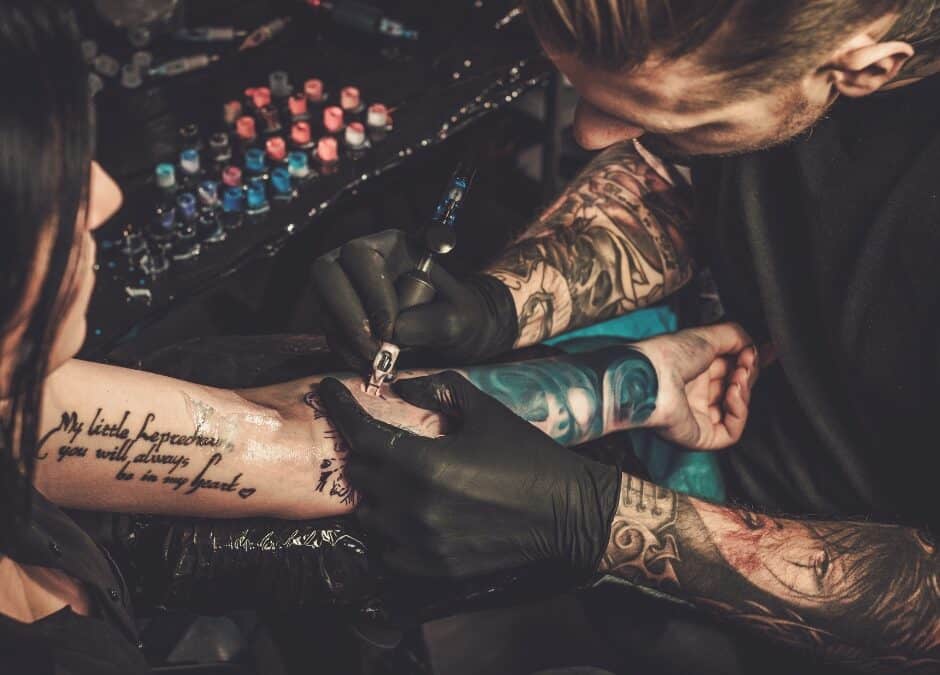Tattooing: A Unique Form of Expression
Tattooing has evolved from a cultural tradition into a recognized art form. Unlike other visual arts, it is deeply personal, permanent, and constantly changing with the human body.
How Tattooing Differs from Other Art Forms

1. The Human Body as a Canvas
- Unlike static materials like canvas or wood, tattoo artists work on the skin—a living, breathing surface that ages and changes over time.
- Each person’s skin tone, texture, and elasticity affect how ink settles and heals.
2. Permanence and Commitment
- Tattoos are permanent, making the creative process high-stakes.
- Unlike digital or traditional paintings, mistakes in tattooing are difficult to erase or modify.
3. The Technical Challenges of Skin
- Skin is flexible and moves with the body, requiring artists to anticipate how designs will shift over time.
- Ink behaves differently on various body parts, with some areas absorbing ink better than others.
4. Pain and Physical Endurance
- The tattooing process involves discomfort, requiring both artist and client to endure long sessions.
- Unlike traditional artists who work independently, tattooing is a collaborative experience where pain tolerance influences the final outcome.
5. Cultural and Personal Significance
- Tattoos often hold deep personal or cultural meaning, making them more than just aesthetic creations.
- Unlike traditional paintings displayed in galleries, tattoos are carried through life, reflecting an individual’s journey.
Tattooing Techniques That Set It Apart

1. Linework and Shading
- Unlike pencil or brush strokes, tattoo needles create lines by depositing ink beneath the skin.
- Shading requires precision to achieve depth and texture, similar to stippling or cross-hatching in drawing.
2. Color and Ink Absorption
- Tattoo ink reacts differently on various skin tones, requiring artists to adapt color choices and blending techniques.
- Unlike paints that can be layered endlessly, tattoo artists must work carefully to prevent muddiness.
3. Machine vs. Hand-Poked Techniques
- Tattoo machines use rapid needle movements, while hand-poked tattoos rely on meticulous, manual ink application.
- Each technique produces different textures and aesthetic effects.
Tattooing as a Recognized Art Form
Despite early stigmas, tattooing is celebrated in galleries, museums, and international exhibitions. Many tattoo artists also work in traditional mediums, blending fine art skills with ink techniques.
Conclusion
Tattooing is a dynamic, interactive art form that pushes creative boundaries. It requires technical mastery, adaptability, and an understanding of the human body. Unlike traditional mediums, tattoos are living artworks, evolving with time and personal significance. Whether seen as self-expression or fine art, tattooing remains one of the most unique artistic disciplines in the world.




